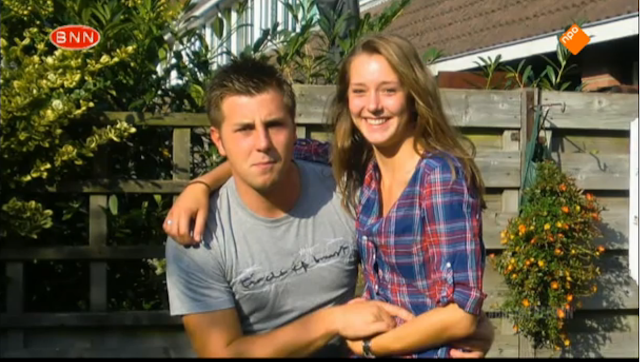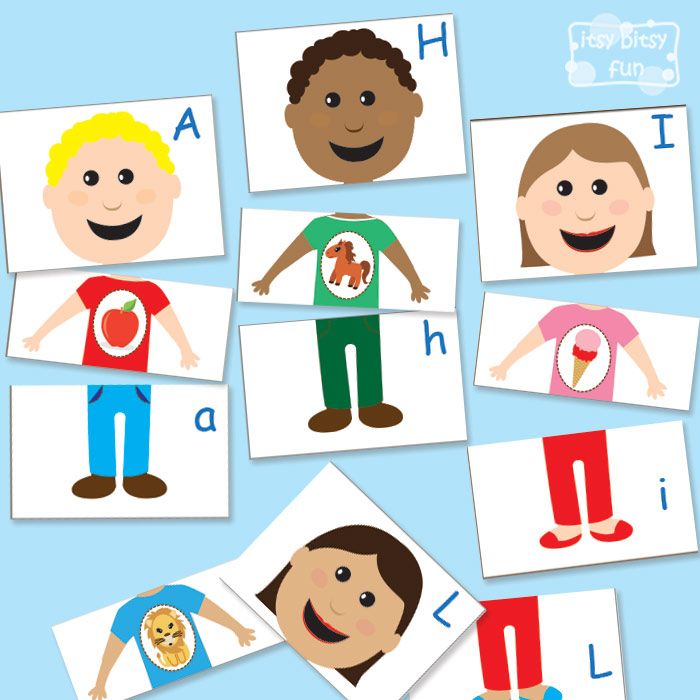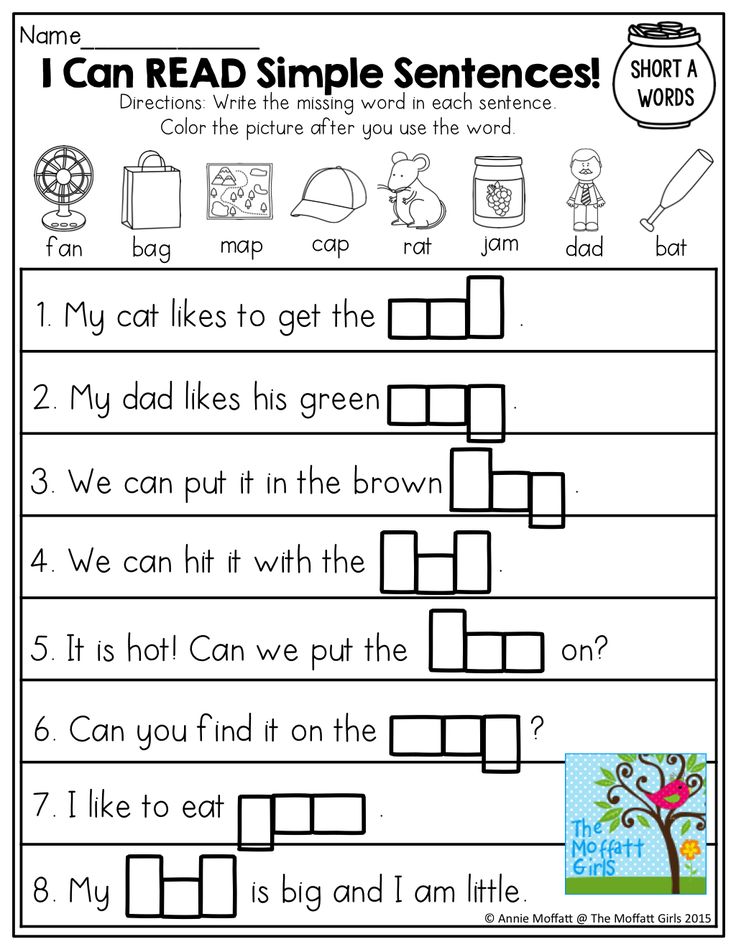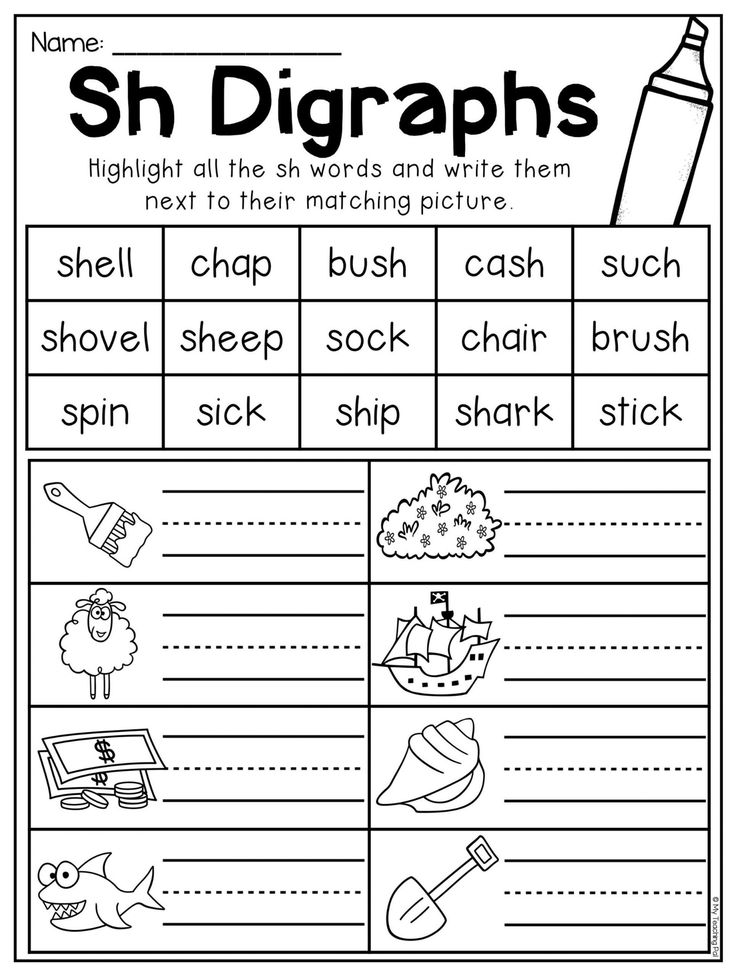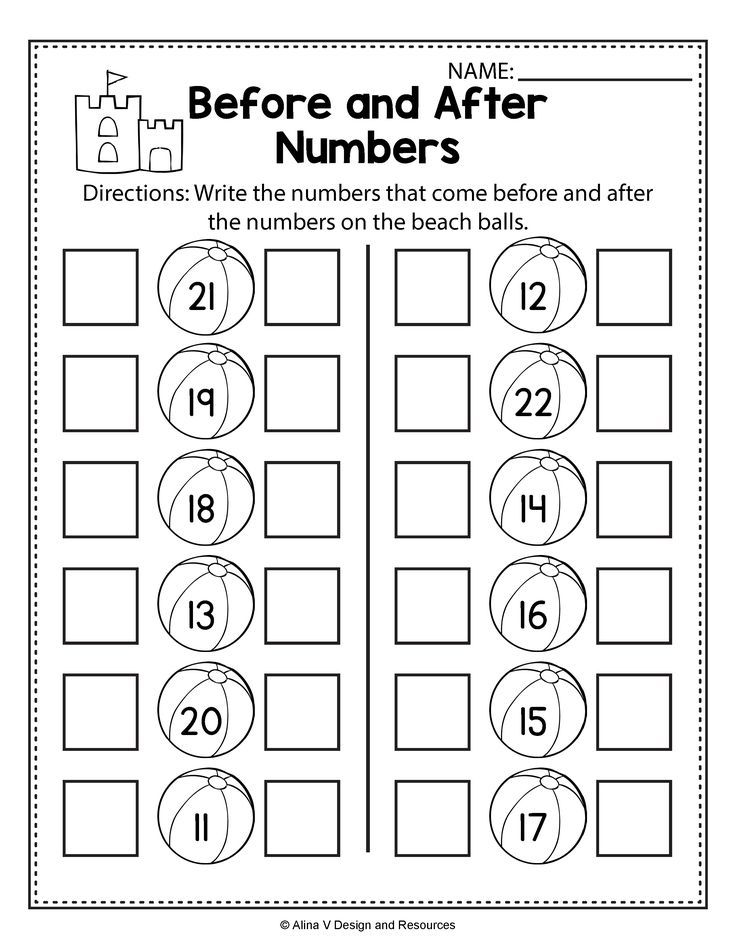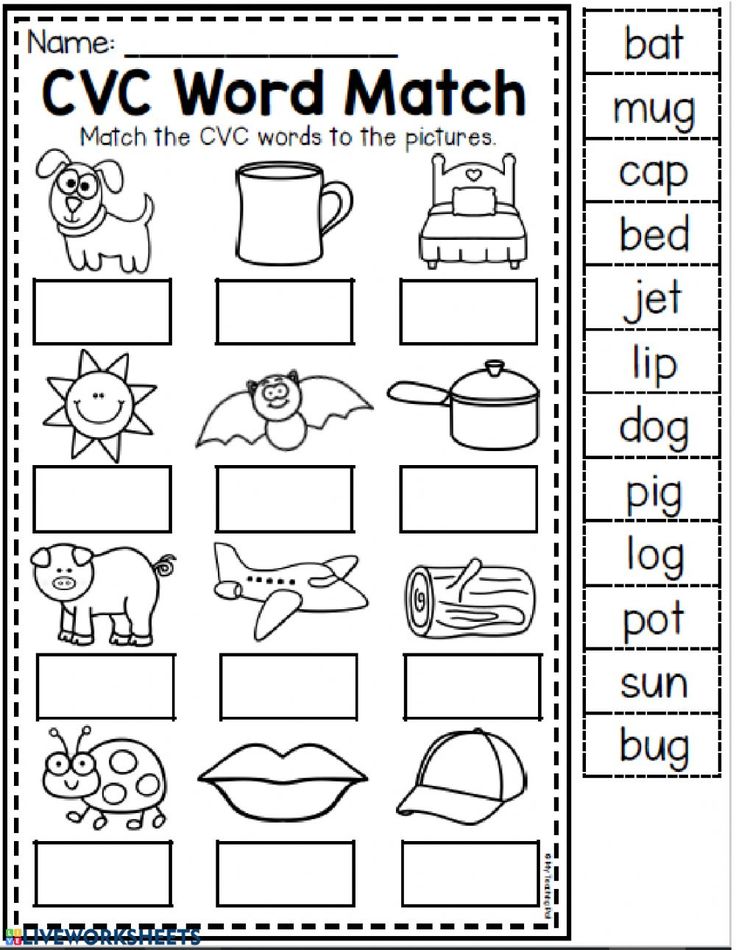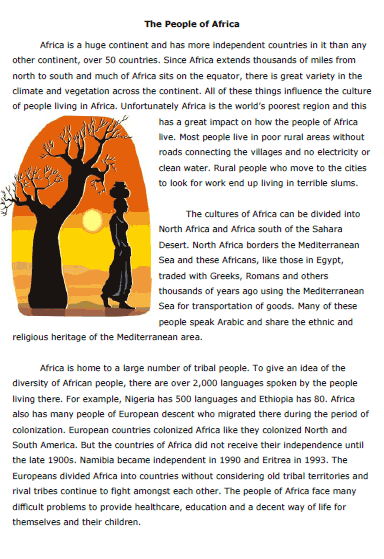Learning shape and colors
Why learning colors and shapes is so important for young children
This post may contain affiliate ads at no cost to you. See my disclosures for more information.
Do you ever wonder why we put so much emphasis in the toddler and preschool years on teaching colors and shapes? I mean, why put so much focus on colors and shapes rather than letters and numbers?
In this post I explain why learning colors and shapes is so important for young children. I also share plenty of ideas for teaching children to recognize colors and shapes.
For more of ideas to teach colors and shapes, see my Teaching Colors to Kids and my Teaching Shapes to Kids pages.
Colors and Shapes: Foundational Skills for Young Children
So let’s start by stating the fact that our world is literally made up of colors and shapes. That is what we see all around us!
A house has a different shape from a tree, which has a different shape from a person or a banana. And the cars, flowers, and street signs around us come in many different colors.
As it turns out, colors and shapes are a key way that we describe and categorize our world. Children will notice that a red flower is different from a yellow one, and that a round bread roll has a different shape than a square slice of bread.
Verbal communication: Teaching children about colors and shapes is a great way to give them some vocabulary for describing the world around them. This opens up new and exciting avenues for verbal communication.
Sorting and classifying: As children learn to identify colors and shapes, they can sort and classify objects around them based on these attributes.
Health and safety: Colors sometimes give us information about health and safety. For example, we use red in our culture to indicate ‘danger’ or ‘stop,’ such as with red stop lights and red stop signs. Colors can also tell us about our health.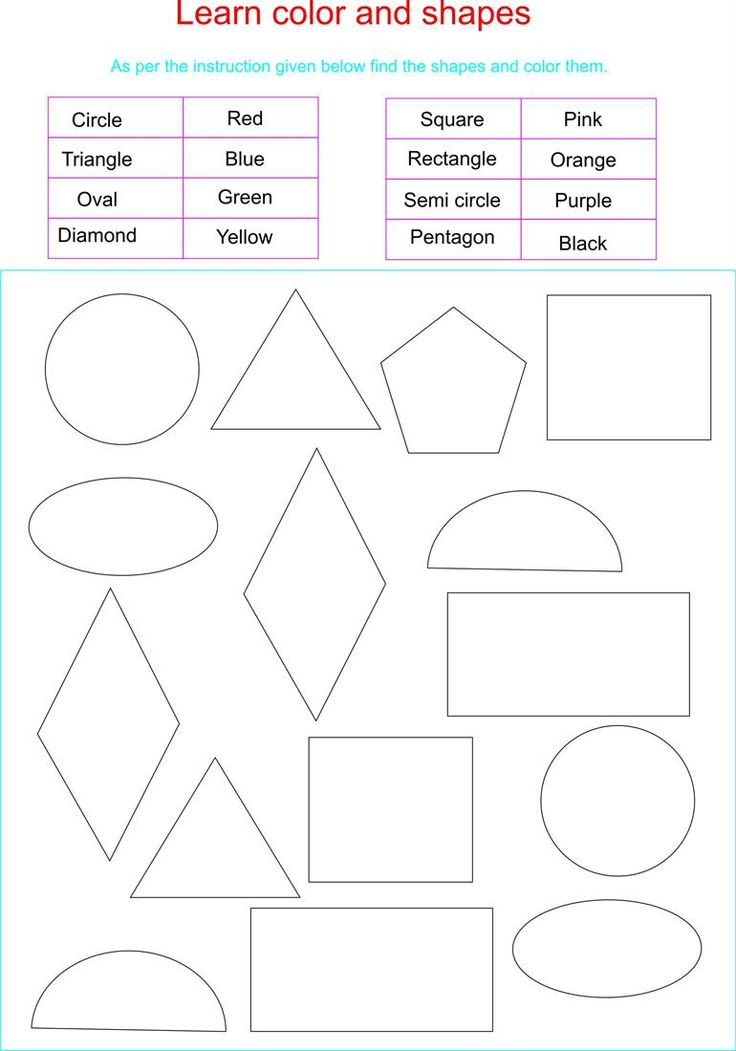 If a person’s skin has blue marks, it may mean they have suffered a bruise. If a person’s skin turns red, they may have spent too much time in the sun. And black marks on the wall could indicate the presence of an insect, a spider, or even mold.
If a person’s skin has blue marks, it may mean they have suffered a bruise. If a person’s skin turns red, they may have spent too much time in the sun. And black marks on the wall could indicate the presence of an insect, a spider, or even mold.
Letters and numbers: The written symbols we use for letters and numbers are really just shapes. As children develop proficiency at learning shapes such as squares and circles, they are developing the classification and visual discrimination skills to distinguish between ‘k’ and ‘x’ or between ‘p’ and ‘g.’
Learning colors
Most children are unable to differentiate between different colors until at least 18 months of age, which is also about the same time that children start to notice differences and similarities between textures, sizes, and shapes. However, while children can start to differentiate between colors around 18 months, it can take until age 3 before children can fully understand the difference between colors and name them.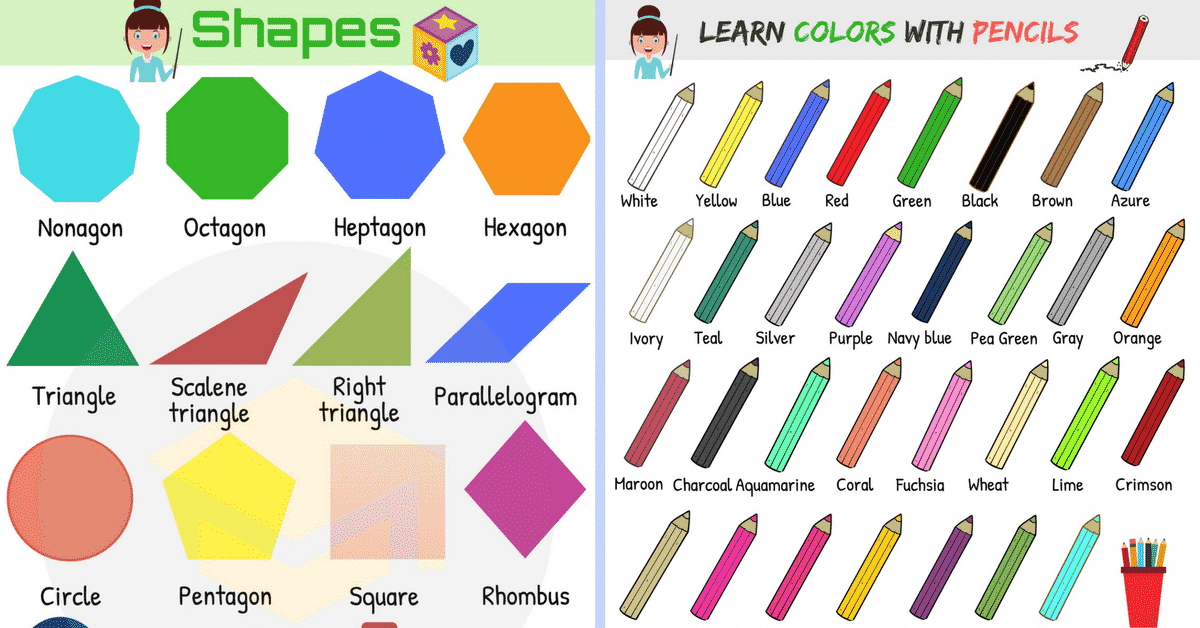
Although naming colors is second nature to most adults, it is actually a cognitively complex task for young children. This is in part because the range of hues that count as a particular color are not innate, nor are they universal among all cultures. In fact, different cultures and languages around the world vary in the number of distinct colors they recognize, from two colors to more than 20!
Teaching colors is best done through playful everyday life experiences. When developmentally ready, many children easily learn their colors as parents and caregivers point out color attributes of objects in children’s environment (e.g., “Throw me the green ball” or “Do you want the red shirt or the yellow shirt?”).
You might also ask your children to match objects by color. Or when doing artwork, make note of the colors the child has chosen to use or ask the child to name the colors in their drawing.
You might also go to the library and borrow books about colors to read to your child.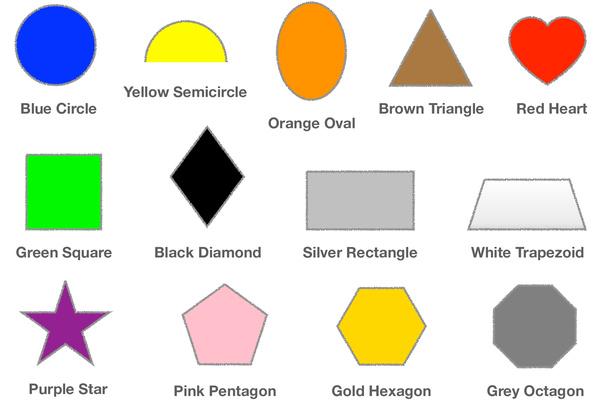
Here are some links to a variety of ideas for teaching children to identify colors:
- 6 activities for learning about colors
- Teaching colors through everyday play
- Mix it up! Book-based fun with color mixing activity
- Build a 3-D rainbow
- String a rainbow necklace
And for children who can identify the primary colors, these are some fun activities to teach color theory and color mixing:
- Intro to color theory for preschoolers
- Color mixing science with liquid watercolors
- Make your own markers: a practical color mixing lesson
- No mess color mixing activity with plastic bottles
- Color mixing rainbow challenge: Putting color theory into practice
Teaching shapes
It takes most children a few months longer to grasp the concept of shapes than to grasp the concept of color. However, by age 3 most children have developed an understanding of shape and can name several of the most common geometric shapes (e. g., circle, square, triangle).
g., circle, square, triangle).
When teaching shapes, start with the most common shapes (squares, triangles, circles, and rectangles) before introducing tricker shapes like diamonds/rhombuses, hexagons, and stars.
It is best if you can teach shapes in a organic ways. Point out that a tire is round like a circle, the television is shaped like a rectangle, and the slice of cheese your child is eating is shaped like a square.
Consider providing your child with toys that teach shapes through playful means.
Over time I have shared a number of activities that can be used to teach shapes. Most of these activities can be adapted to teach either basic shapes (e.g., circle, square, triangle) or more advanced shapes (e.g., ellipse, parallelogram, hexagon).
Here are some links to a variety of ideas for teaching children to identify shapes:
- Books about shapes
- Trace the shapes art project
- Magic disappearing shapes
- Making shapes on the geoboard
- Sand shapes art project
- How many ways to make a shape?
- Gross motor shapes activity
And here are some links to activities for teaching children to recognize 3-dimensional shapes:
- Identifying 3-D shapes by touch
- 3-D shapes graphing game
- Put the clothes on the shape
- Hands-on exploration with 3-D shapes
- Playful ways to learn about 3-D shapes
More resources for teaching colors and shapes
For more activities that teach colors, see my Teaching Colors to Kids page and my Learning Colors Pinterest board.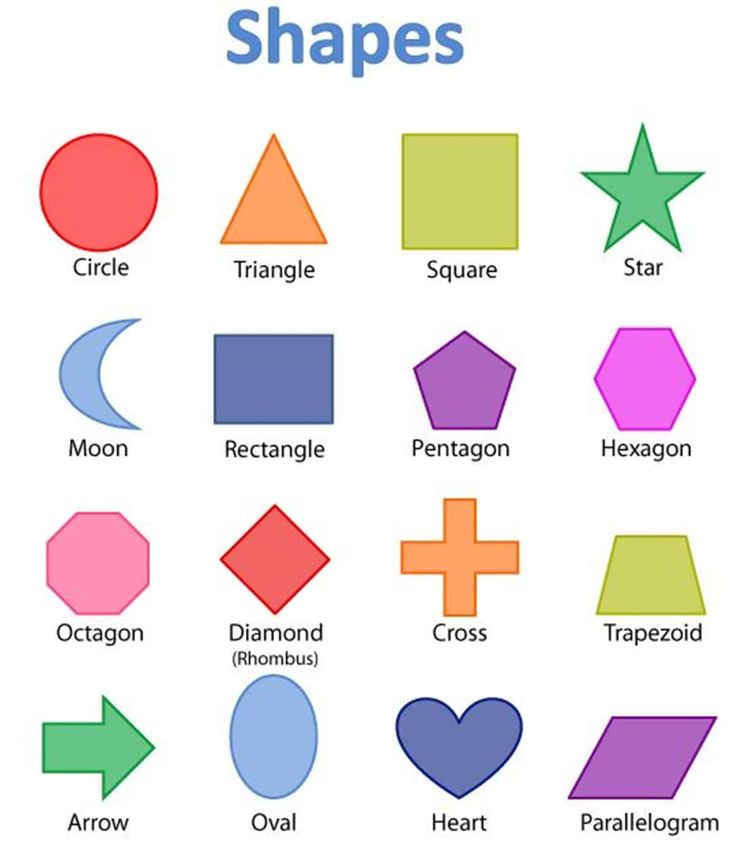
For more that teach shapes, see my Teaching Shapes to Kids page and my Learning Shapes Pinterest Board.
Shapes and Colors Printables & Activities
Printables & Activities
Shapes and colors are all around us. The quickest way for your kids to learn them is to point them out while you shop, play, and walk together. Don’t fret if your kid doesn’t seem interested in learning the shapes and colors. I remember (years ago) taking one of my sons to the eye doctor because we assumed he was color blind. Guess what? He wasn’t and isn’t! We were comparing him to his older sibling and assuming that he should have mastered his colors by then. That was one lesson we learned early on… don’t compare your children. One will excel at math, while the other is reading way above grade level. Another will tinker and build while the other draws beautiful masterpieces. God gives us all different gifts and it’s our job to cultivate theirs.
As a Christian Book and Amazon affiliate, we may earn commissions from qualifying purchases.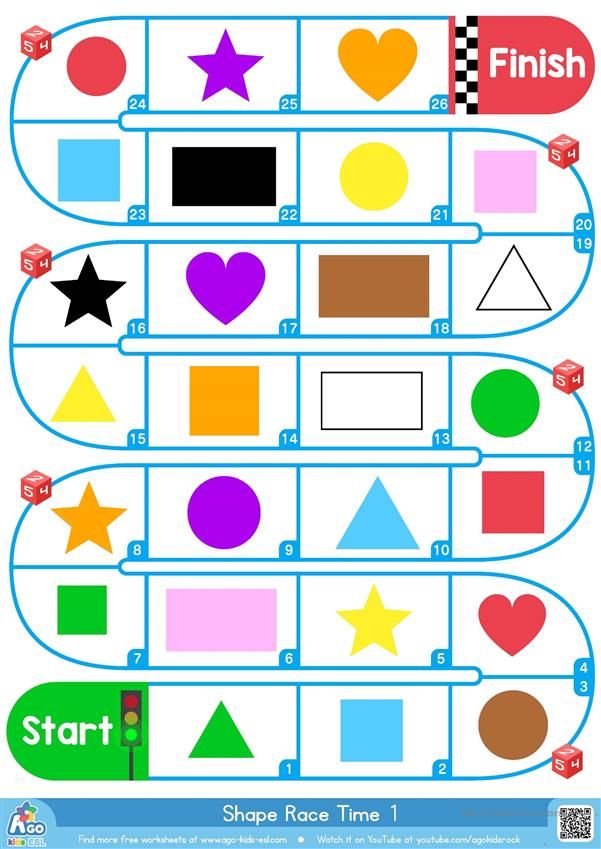 Thank you for your support. As always, we only recommend items that we truly feel will benefit your homeschooling experience. We appreciate it.
Thank you for your support. As always, we only recommend items that we truly feel will benefit your homeschooling experience. We appreciate it.
Introducing Shapes and Colors
Simple Color Posters
It is easy to introduce color and color words to your early learner. Just write the color word on a white sheet of computer paper in the color that is written. Encourage your child to write in a myriad of the same color using a variety of writing instruments including crayons, markers, colored pencils, and pens. The cool thing about this method is the ability for your child to see all of the different shades of blue as opposed to just one.
Create Shape People
Kids always have fun creating shape people. Even though worksheets have their place in learning, creative art projects at this age are particularly important. Encourage your student to name their shape people. I love this activity too because it is one my 2-year-old, 4-year-old, and 6-year-old can participate in.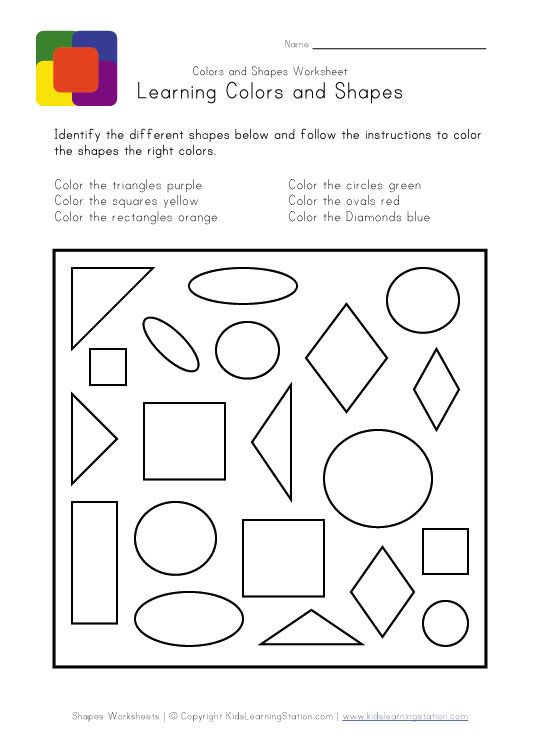 We sometimes add yarn, pom poms, pasta, buttons, etc. Have fun with it.
We sometimes add yarn, pom poms, pasta, buttons, etc. Have fun with it.
Books are always a great place to start...
SHOP CHILDREN'S BOOKSTORE
Shapes and Colors Flashcards
2D Shapes Slideshow as Flashcards
2-D Shapes from Marie Nimmons
The 2D Shapes slideshow is virtual flashcards. It features all of the major 2D shapes highlighting the number of sides each shape has. This is a practical teaching tool to use as a daily review or to test your child’s mastery.
2D Shapes Printable Flashcards
Create your own printable 2D shapes flashcards! These flashcards are just the thing when teaching your student the name of the most common types of shapes. To help students learn the shapes, the number of sides is clearly stated on the flashcards. To download your own set, check out our FREE Printable Shapes Flashcards!
Colors Slideshow as Flashcards
Do you know your colors? from Marie Nimmons
This Colors slideshow is simple and to the point. Each slide features a color and color word. This is an excellent introduction to color and color words. My younger students always loved to click through this slideshow naming each of the colors. Excellent practice!
Each slide features a color and color word. This is an excellent introduction to color and color words. My younger students always loved to click through this slideshow naming each of the colors. Excellent practice!
Colors Printable Flashcards
These Printable Colors Flashcards are ideal for any classroom or homeschool. They are a breeze to make and easy to carry in your purse or car. This way you can practice colors and color words with your preschooler anywhere! Download our FREE Printable Colors Flashcards here!
Educational videos can be effective...
SHOP KIDS DVD'S
Free SHAPES Printables
Check out our FREE Shapes Printables here! There are several printable packs that are perfect for preschoolers and kindergarten students. Download some or all of them!
Shapes and Colors Slideshows
Do You Know Your Shapes? Slideshow
Do You Know Your Shapes from Marie Nimmons
This slideshow will test your child’s knowledge of basic shapes.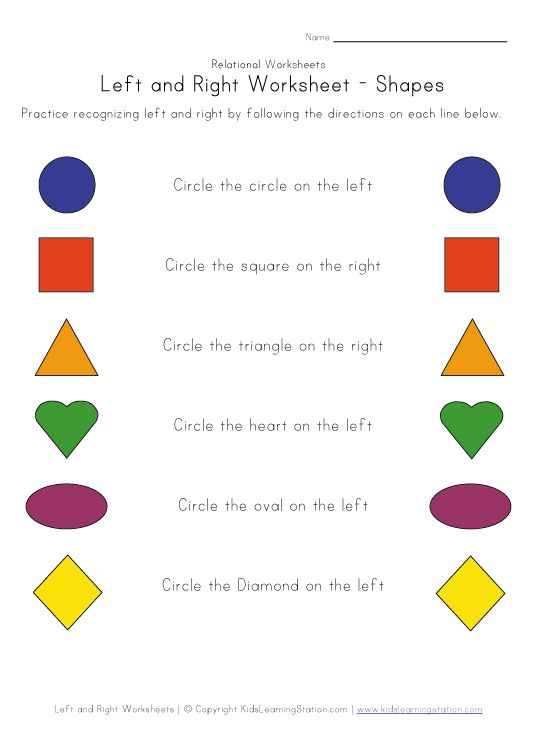 A great tool to use with preschoolers and kindergarten students. This could be used with an entire class or with your own child.
A great tool to use with preschoolers and kindergarten students. This could be used with an entire class or with your own child.
What 2D Shape is it? Slideshow
What 2 D shape is it? from Marie Nimmons
This slideshow tests your child’s knowledge of 2D shapes. There is one shape featured on each slide. The child is asked, “What is this shape called?” There are three shape words to choose from. When you click to the next slide, the answer is revealed. This is also helpful if trying to review shape words with your student. This would make an excellent quiz.
Colors & Shapes
Colors & Shapes from Marie Nimmons
This slideshow is one that my kids really enjoyed when they were early preschool age. It reviews shapes with them while they are tested on colors. They can point to the answer and then they can see the answer revealed. This is a a simple, yet effective tool!
Here are some learning tools we have used.
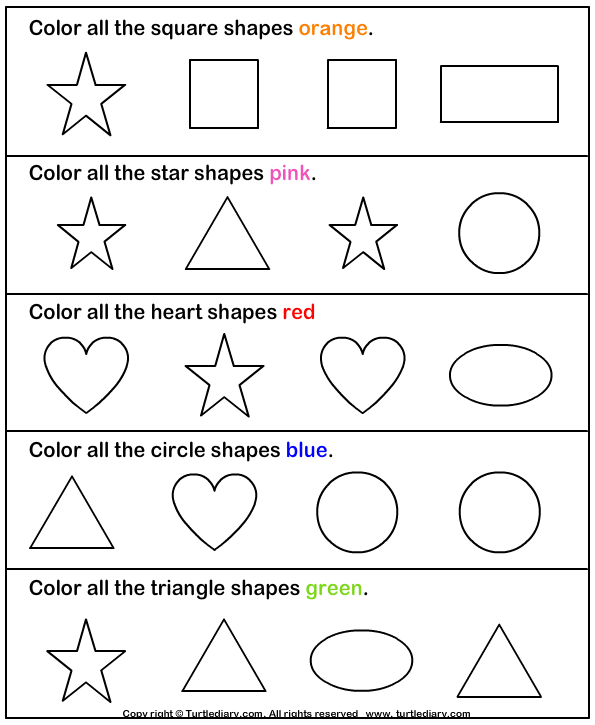 ..
.. Shapes and Colors Emergent Readers
The Shape Book Slideshow & Reader
The Shape Book Reader from Marie
Emergent readers are effective and just the thing when teaching young learners. The Shape Book will help your student to recognize shapes, colors, and sight words! This emergent reader features the sight words, this, is, a, an, and the shapes and colors words. This slideshow can be used at home or on the road. Online slideshows are convenient and versatile teaching tools. They are easy to use with one student or a large class on an overhead.
To print as a booklet, I suggest printing 2 sheets to one page. Once printed, cut the sheets in half, sort them, and then staple them into a booklet. This handheld booklet is perfect for any young learner!
Shapes and Colors Activity Reader
Preschoolers love emergent readers that also serve as activity books.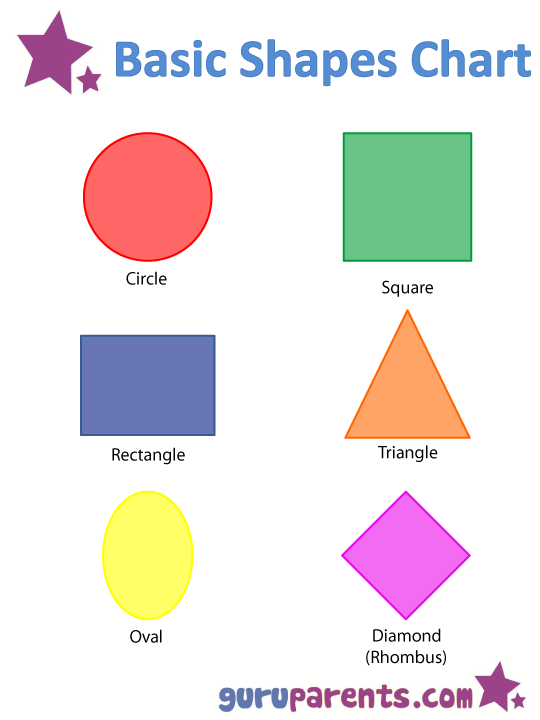 Each page features a color, shape, and sight words, look, at, and the. Repetitive sentence structure helps young readers decipher new words and builds confident readers. For example, “Look at the blue rectangle.” After reading each sentence, encourage your student to color the shape using a corresponding crayon.
Each page features a color, shape, and sight words, look, at, and the. Repetitive sentence structure helps young readers decipher new words and builds confident readers. For example, “Look at the blue rectangle.” After reading each sentence, encourage your student to color the shape using a corresponding crayon.
To make your booklet, print the PDF, cut sheets in half on the dotted line, and then sort, and staple.
Colors Emergent Reader
Use this FREE preschool resource as a reader and activity book. Each page features an animal that can be colored to match the sentence. For example, “I see a red bird.” Your child can color the bird red to match the sentence. The sentences provide repetition for the sight words, I, see, and a.
First, print the PDF and then cut the sheets in half on the dotted line. Next, you will assemble the book. Put the title page in the front with the remaining pages behind (no particular order). To complete, staple in the top left-hand corner.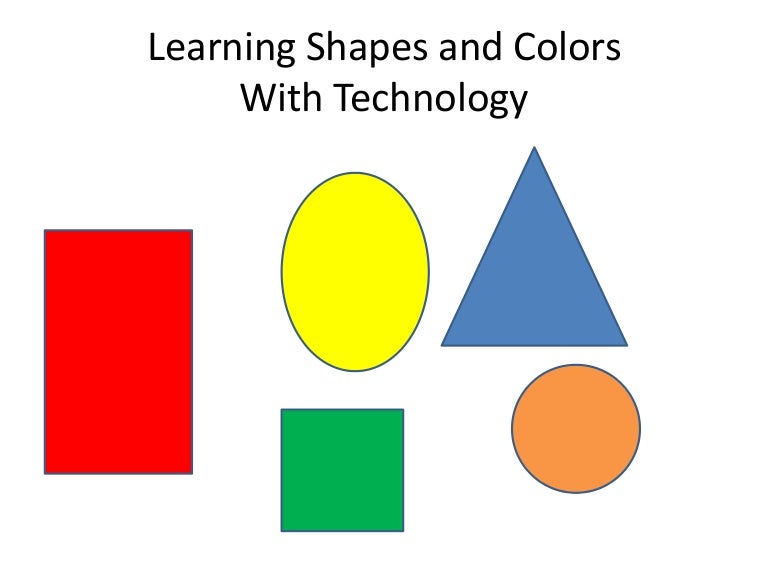 Now, you have your own Colors Emergent Reader!
Now, you have your own Colors Emergent Reader!
BIRD COLORS EMERGENT READER
Bird Colors Emergent Reader from Marie
This emergent reader features the sight words: do, you, see, the, and the color words. This reader helps to review sight words while allowing your child to color each of the birds on each page. Fun for anytime. This activity is working on reading skills, sight words, color recognition, and fine motor skills.
Create your own handheld book by printing 2 pages to 1 sheet. Cut the sheets in half and then after sorting the pages, staple!
FLOWER COLORS EMERGENT READER SLIDESHOW
Flower Colors Emergent Reader from Marie
Spring is here and I am loving it! This emergent reader is a perfect way to see all the colors of spring flowers even if you can’t see them for yourself! The reader features the high frequency words: I, see, a, the, is. There are 10 pages of the reader. Enjoy the colors of spring!
Activity Books may be just the ticket!
SHOP ACTIVITY BOOKS
Check out these other FREE resources!
And ye shall teach them your children, speaking of them when thou sittest in thine house, and when thou walkest by the way, when thou liest down, and when thou risest up.
Deuteronomy 11:19
Didactic material: "Learning color and shape" | Educational and methodical manual in mathematics (junior group):
Published on 04/21/2021 - 23:14 - Serebryakova Tatyana Aleksandrovna
This didactic material was created with the aim of studying and consolidating children of primary preschool age, geometric shapes and color spectrum.
The material can be used in sensory development classes. In individual work. In the system for monitoring the level of development of preschool children, cognitive development (sensory abilities). nine0003
Download:
Preview:
Didactic material: “Studying color and shape”
Author: Educator Serebryakova Tatyana Aleksandrovna
VKK MBDOU CRR Garden No. 4 “Golden Key”,
of Konstantinovsk , Rostov region.
This didactic material was created with the aim of studying and reinforcing children of primary preschool age, geometric shapes and color spectrum. nine0003
The material can be used in sensory development classes. In individual work. In the system for monitoring the level of development of preschool children, cognitive development (sensory abilities).
Subject: methodological developments, presentations and notes
Didactic material for role-playing game. We study color and shape.
I made pastel linen for cribs in a group of 4 basic colors with my own hands. Blanket, sheet, pillow and mattress. Also 4 colors made aprons and tacks for the kitchen corner. Learning the form...
Didactic game "Learning colors"
This game is used to reinforce the colors studied by children. The study of colors is a qualitative expansion of one's horizons. Recognizing colors, the child receives a new method of classifying all surrounding objects - by color. By the way, in addition to the developmental effect, you know...
Interactive didactic game "Learning Colors" for children 2-3 years old
Interactive didactic game "Learning Colors" for children 2-3 years old Purpose: to introduce children to the primary colors: red, yellow, green, blue. Tasks: to learn to distinguish and name ...
Learning colors and shapes: geometric game "Pick up the keys"
Purpose of the game: to fix the names of different colors with children. Develop memory, attention, speech of children. Tasks of the game: - teach correctly, recognize and name primary colors; - develop visual (sensory) reproduction ...
Cognitive project with children of primary preschool age "We study colors and shapes"0041
The purpose of the project: to consolidate children's knowledge about the main colors, shapes of objects, through different types of children's activities. Develop knowledge about sensory standards, attention, perception, memory, speech ....
Share:
Set Learn colors and shapes
0 reviews
Last price: 1 690 rubles
Out of stock
Report Admission
- Description nine0085
- Characteristics
Learn Colors and Shapes to help your child learn geometric shapes and basic colors in a quick and fun way. Remember how they look in volume and on a plane. Performing the proposed tasks, the child will learn to work according to the model.
"Learn colors and shapes" set in a wooden box with three compartments. In one compartment there are cards with tasks, in the other - sticks, in the third - details: balls, cubes, cylinders, kegs, bricks. The size of the details - 2-4cm. The details have holes for stringing them on sticks. The task of the game is to insert the wand into the nest of the box and string on it the figures indicated on the task card. Young children can string the pieces in random order, making fun skewers. nine0003
The composition of the set:
· Box
· 5 Two -sided cards with tasks
· 5 sticks
· 45 parts (geometric shapes)
What develops Color and forms "?
Set "Colors and shapes" contributes to the development of the child's attention, perseverance, logical thinking, finger motility.
Recommended age: 3+
Box size: 32x31x5 cm.
Material: wood
Manufacturer: World of Wooden Toys
You can buy the Colors and Shapes set in Novosibirsk at the Pochemuchek Games store of educational and board games.
| Code: | D190 |
| Age: | 1 to 3 years 3 to 5 years nine0133 |
| Gender: | Boy Girl |
Feedback rules nine0003
- Only registered and authorized users can leave reviews.

